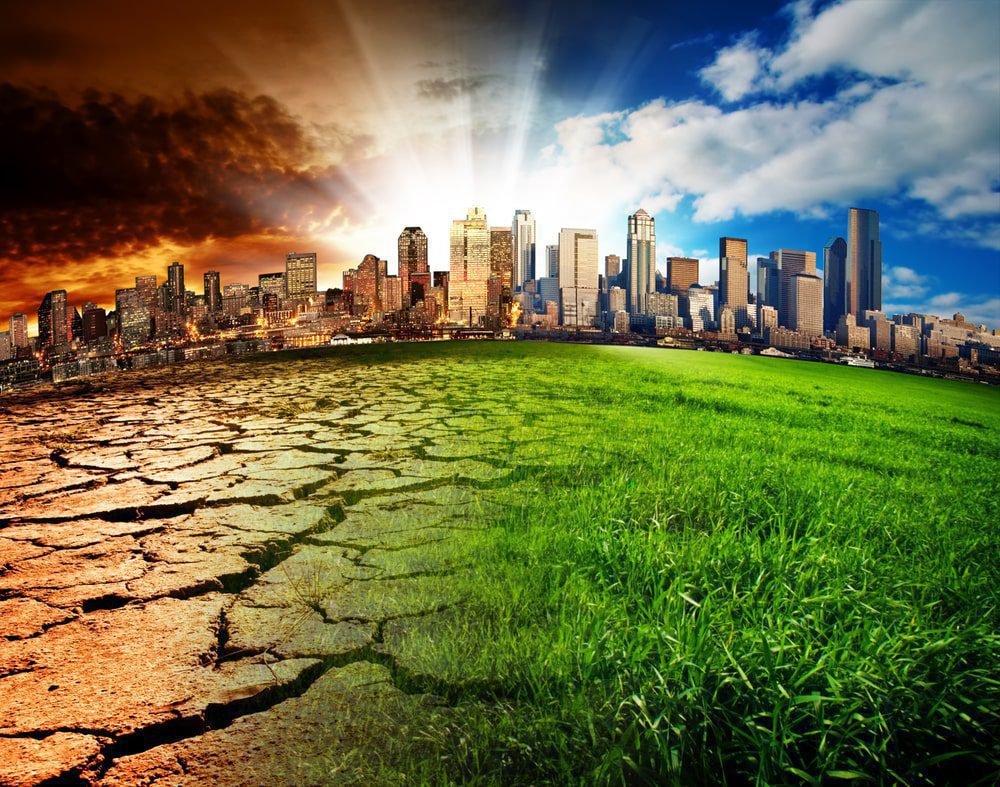strategies for building: As the effects of climate change become increasingly evident, the urgency to mitigate its impact and adapt to changing environmental conditions grows more pressing. This article delves into the essential strategies for building a sustainable future in the face of climate change adaptation challenges, offering insights into how individuals, communities, and nations can take proactive measures to safeguard the planet and its inhabitants.
Understanding Climate Change Adaptation: Climate change adaptation refers to the adjustments made in response to changing climatic conditions to reduce vulnerability and enhance resilience. It involves anticipating and preparing for the impacts of climate change, such as rising temperatures, extreme weather events, sea-level rise, and disruptions to ecosystems and livelihoods. While mitigation efforts aim to reduce greenhouse gas emissions, adaptation focuses on coping with the inevitable consequences of past and present emissions.
Strategies for building a sustainable:
- Enhancing Resilience: Building resilience at the individual, community, and institutional levels is crucial for withstanding the impacts of climate change. This includes investing in robust infrastructure, disaster preparedness measures, and early warning systems to minimize the risks posed by extreme weather events and natural disasters.
- Conservation and Restoration: Protecting and restoring natural ecosystems, such as forests, wetlands, and coral reefs, play a vital role in climate change adaptation. These ecosystems serve as carbon sinks, mitigate the effects of climate change, and provide essential services, such as regulating water flow, preserving biodiversity, and supporting livelihoods.
- Sustainable Urban Planning: Designing and developing cities with sustainability in mind can mitigate the urban heat island effect, reduce energy consumption, and enhance the quality of life for residents. Implementing green infrastructure, promoting public transportation, and adopting energy-efficient building standards are integral to creating resilient and livable urban environments.
- Climate-Smart Agriculture: Adopting climate-smart agricultural practices can help farmers adapt to changing growing conditions, improve crop yields, and reduce greenhouse gas emissions. Techniques such as conservation agriculture, agroforestry, and precision farming enhance soil health, water efficiency, and biodiversity while mitigating climate risks.
- Innovation and Technology: Embracing innovation and leveraging technology can unlock new solutions for climate change adaptation. From renewable energy technologies to climate modeling and forecasting tools, advancements in science and technology play a crucial role in informing adaptation strategies, enhancing resilience, and catalyzing sustainable development.
Empowering Communities and Collaboration: Empowering local communities, indigenous peoples, and marginalized groups is essential for effective climate change adaptation. Collaborative approaches that involve stakeholders at all levels of decision-making foster ownership, inclusivity, and solidarity. By working together across sectors and borders, we can build a sustainable future that prioritizes equity, justice, and environmental stewardship.
Conclusion: Building a sustainable future amidst the challenges of climate change adaptation requires concerted action, innovation, and collective commitment. By implementing strategies that enhance resilience, conserve natural resources, promote sustainable practices, and foster collaboration, we can mitigate the impacts of climate change and create a more resilient and equitable world for future generations. Let us seize the opportunity to embrace sustainability as a guiding principle and safeguard the planet for all its inhabitants.




